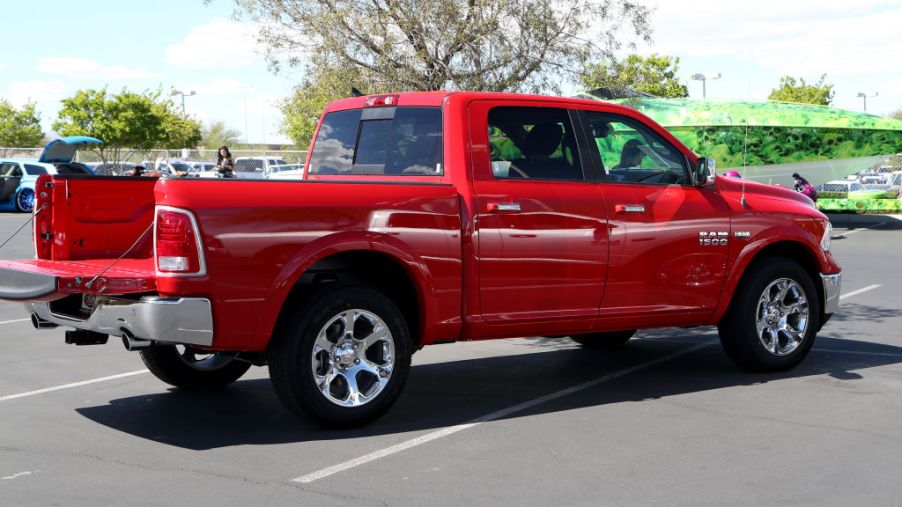
Will Dropping Your Tailgate Improve Your Truck’s Gas Mileage?
Trucks are known for powerful engines, good towing power, and excellent off-roading capability. One area where trucks don’t excel is getting good gas mileage. Heavy-duty pickup trucks have such low figures that the EPA doesn’t even rate them.
A mid-sized truck can get a combined 23 mpg, which is a decent rate, but these types of trucks aren’t as popular and can’t perform as well as the heavy-duty rivals.
How can owners of full-size trucks cut their gas spendings? It’s widely believed that riding with the tailgate lowered will improve the car’s gas mileage. To see if this actually works, Consumer Reports performed a test of its own.
Better gas mileage?
The basis around this belief is that too much air trapped in the cargo box increases the drag on the vehicle. With the tailgate down, the airflow increases, making the truck more aerodynamic. Without the added drag, the truck would theoretically get better fuel economy.
However, this isn’t an option for all truck drivers. In some states, driving with the tailgate down is illegal, unless necessary to contain cargo inside the box. Even if it’s legal in your state, it poses a potential safety hazard to other drivers behind you. Riding with the tailgate down for too long also puts more pressure on the suspension system, which could cause more vibration while driving.
Is it true?
For this series of tests, Consumer Reports used a 2013 Dodge Ram V8 at a speed of 65 mph on the highway. The tailgate was left up during the first test and lowered on the second test. For the third test, a tonneau cover was secured over the truck bed.
Many truck owners believe that a tonneau cover will improve a truck’s gas mileage just as well as leaving the tailgate down. This is because the cover will supposedly distribute the air evenly across the body of the truck instead of collecting it in the cargo box. This theory is backed up by tonneau makers, who claim that using one will improve your gas mileage by 10 to 13%.
During the first test, the Ram got a combined 22.3 mpg. With the tailgate down, the truck got a combined fuel economy rating of 21.5 mpg. This shows that buying into this popular myth is actually worse for your car in reality. However, both of these ratings were better than the test involving the tonneau.
With the tonneau cover attached, the Ram’s fuel economy rating was 21.4 mpg. According to another study conducted by SEMA, the tonneau cover increased their truck’s fuel economy, but only while driving at a certain speed. Their test truck saved a little over one mile per gallon while driving at 85 mph. However, this situation is so uncommon that you probably won’t save much money at all while using the cover.
Another popular method that Consumer Reports didn’t test is using a mesh net. The net is attached to the back of the truck with the tailgate lowered. According to a test conducted by Mythbusters, it improved their truck’s gas mileage by 5%.
Other ways to improve fuel economy
While your mileage may vary for these quick-fix solutions, there are other methods you can use for keeping even the biggest gas guzzler in check. Scheduling regular oil changes and other maintenance appointments will increase the truck’s lifespan and keep it operating at the highest capacity.
Additionally, make sure that you’re driving with correct tire pressure to reduce drag. Unlike extra air, more equipment in the cargo box will definitely impact your fuel economy. Don’t travel with more heavy gear than you actually need.



